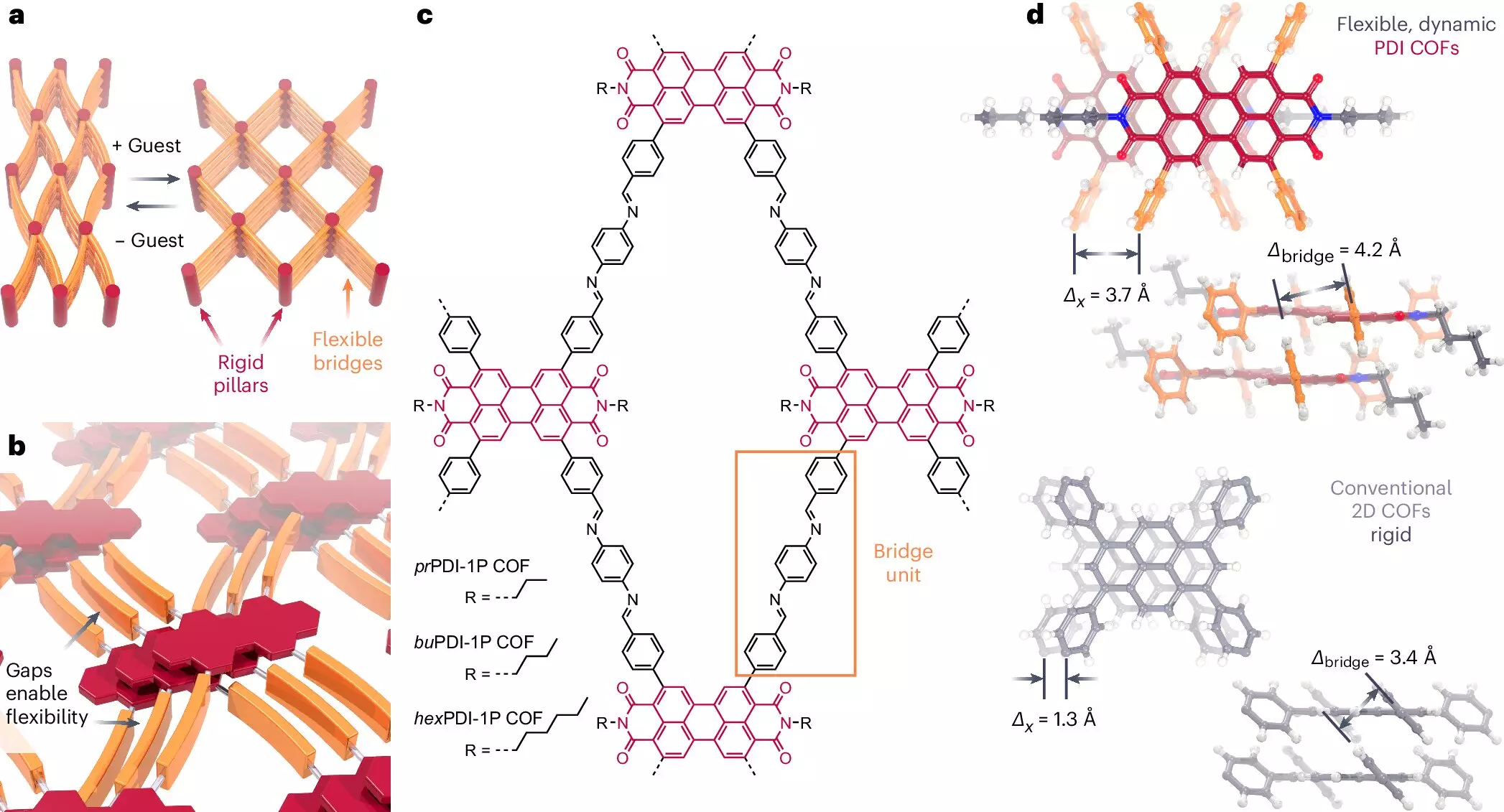A momentous stride forward in the realm of material science has been achieved by an international research team under Dr. Florian Auras at Dresden University of Technology (TUD). Their work shines in the burgeoning field of covalent organic frameworks (COFs), a domain that holds tremendous promise but has yet to realize its full potential. This innovative research introduces a unique two-dimensional polymer that boasts controllable and reversible properties, paving the way for the realization of switchable quantum states—an area of increasing interest due to its numerous potential applications in modern technology.
The Significance of Porous Structures
COFs are noteworthy for their highly ordered, porous nature, constructed from organic molecules intricately linked through covalent bonds. This meticulous architecture lends itself to the crafting of materials with extraordinary precision at the molecular level. Similar to metal-organic frameworks (MOFs), which have been commercially viable for roughly two and a half decades, COFs exhibit an array of structural, optical, and electronic characteristics suitable for multiple applications. Moreover, these frameworks have proven particularly adept in fields such as gas and liquid storage, catalysis, sensor technology, and energy solutions. However, the majority of prior research has predominantly been fixated on developing rigid frameworks with static attributes, thus limiting the broader applicability of COFs.
Introducing Flexibility in Design
Dr. Auras and his team have skillfully shifted this paradigm by introducing a novel design methodology that enables dynamic two-dimensional COFs capable of modulating their pore sizes. Much like a sponge that can expand or contract, these newly developed frameworks allow for local geometric adjustments and alterations in optical properties such as color and fluorescence. “Our goal was to equip these typically rigid frameworks with a carefully calibrated degree of flexibility,” explains Dr. Auras, emphasizing the transformative nature of this research. Through the addition of solvents, researchers can orchestrate changes that are not just measurable but also reversible.
Implications for Future Technologies
The implications of this research are particularly significant for the fields of electronics and information technology. The ability to toggle structural and optoelectronic properties of materials in a targeted way heightens their attractiveness as functional components in advanced technological applications. The potential for such materials to respond to external stimuli opens new avenues for innovation, particularly in the development of smart technologies that can adapt to varying conditions and requirements. Dr. Auras notes that the ability to manipulate COFs and derive properties with such precision captivates his team as they move forward towards their foundational objective: unlocking switchable quantum states.
A Vision for Stimuli-Responsive Polymers
Ultimately, the work led by Dr. Auras sets a cornerstone for future exploration in stimuli-responsive polymers. By honing in on these remarkable two-dimensional COFs, scientific inquiry can delve deeper into applications that could transform entire industries. The ability to rethink and reimagine materials that can adapt their physical properties is not just a scientific triumph; it’s a glimpse into a future where materials are as versatile and dynamic as the technologies they will support. As this research progresses, it becomes increasingly evident that the integration of flexibility into material design may well become a critical driver of innovation in generations to come.

